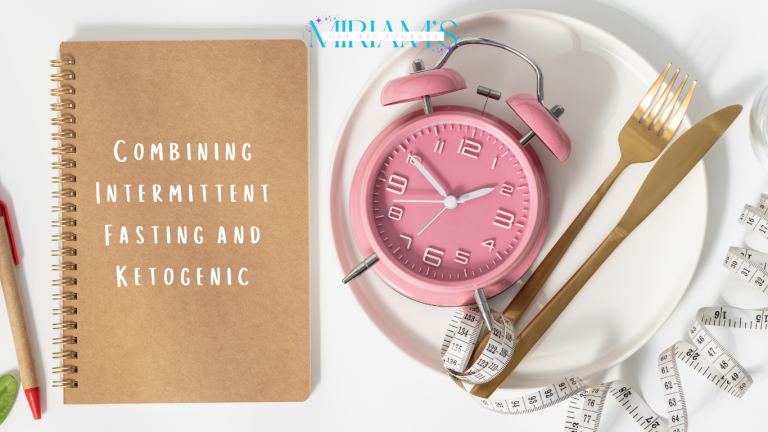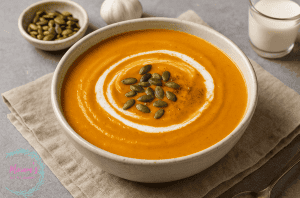Conquering weight loss can often feel like a battle filled with confusion over various diets, fasting protocols, and lifestyle changes. Among the numerous approaches, two strategies that have gained significant attention for their effectiveness are intermittent fasting (IF)and the ketogenic diet (keto). When combined, these methods can amplify the benefits of both, creating a powerful synergy for weight loss and overall health. Let’s explore what these two approaches entail and how to successfully integrate them for optimal results.
Understanding the Basics
The Ketogenic Diet: The keto diet is characterized by a high-fat, low-carbohydrate intake, aiming to push your body into a metabolic state known as ketosis. In ketosis, your body burns fat for fuel instead of carbohydrates, leading to a range of benefits, including weight loss, increased energy, and improved mental clarity.
Intermittent Fasting: Intermittent fasting is an eating pattern that alternates between periods of eating and fasting. Unlike traditional calorie-restricted diets, IF focuses on when you eat rather than what you eat. Common methods include:
- 16/8 Method: Eating during an 8-hour window and fasting for 16 hours.
- 5:2 Diet: Eating normally for five days and restricting caloric intake to around 500-600 calories on the other two days.
- 24-hour Fast: Fasting for a full 24 hours once or twice a week.
Benefits of Combining Keto and Intermittent Fasting
When combined, the ketogenic diet and intermittent fasting can enhance the effects of weight loss and improve your overall well-being. Here are some benefits of this powerful duo:
- Enhanced Fat Burning: Both approaches promote fat utilization for energy, making it easier for your body to burn its own fat stores.
- Improved Insulin Sensitivity: Reducing carbohydrate intake through keto and fasting improves insulin regulation, which aids in weight loss and can reduce the risk of type 2 diabetes.
- Reduction in Hunger Cravings: The high-fat nature of a ketogenic diet can help stabilize blood sugar levels, while intermittent fasting can reduce feelings of hunger, making it easier to adhere to your dietary plan.
- Simplicity: Combining IF with keto simplifies your meal preparation, as you’ll eat fewer meals per day. This can save time and effort while still achieving nutritional goals.
- Cellular Repair: Fasting triggers autophagy, a natural process through which cells clean out damaged components. This, when paired with the anti-inflammatory effects of the keto diet, can lead to improved health markers.

How to Incorporate Intermittent Fasting with Keto
Integrating intermittent fasting with a ketogenic diet can seem daunting, but with the right approach, you can experience the benefits without feeling overwhelmed. Here’s a step-by-step guide to help you get started:
- Start with Keto First: Before diving into intermittent fasting, begin with the ketogenic diet. Aim to enter ketosis (which might take anywhere from three days to a week) by cutting your carb intake and increasing healthy fats.
- Choose an Intermittent Fasting Method: Once you’re comfortable on keto and have adapted your body to burning fat for fuel, choose an intermittent fasting method that suits your lifestyle. The 16/8 method is a popular choice for beginners.
- Plan Your Meal Timing: Determine your eating window (for example, 12 PM to 8 PM). During this period, focus on consuming high-fat, moderate-protein, and very low-carb meals. Aim to include nutrient-dense foods to support your health.
- Monitor Your Electrolytes: As you transition to keto and incorporate fasting, you may lose a significant amount of water and electrolytes. Be mindful of your intake of sodium, potassium, and magnesium. Bone broth, leafy greens, and electrolyte supplements can be beneficial.
- Listen to Your Body: Pay close attention to how your body reacts during this transition. You may feel varying energy levels or hunger cues, especially as your body adjusts. Modify your fasting window or adjust your caloric intake if necessary.
- Stay Hydrated: Remain well-hydrated during fasting periods. Water, herbal teas, and black coffee can help keep you hydrated without breaking your fast.
- Focus on Food Quality: Quality matters. Choose whole, nutrient-dense foods while on keto. Avocado, nuts, seeds, olive oil, grass-fed meats, and low-carb vegetables should make up the bulk of your meals.
- Consider Strength Training: Incorporating strength training can support muscle preservation while losing fat. Exercise can also help enhance the benefits of both fasting and keto.
Conclusion
Combining intermittent fasting with a ketogenic diet can yield exceptional weight loss benefits and improve your overall well-being. By prioritizing high-quality fats, strategically planning your meals, and listening to your body, you can create a sustainable and effective approach to achieving your health goals. Remember that both fasting and dietary changes can be challenging initially; so also be patient and kind to yourself throughout this journey. With perseverance and the right mindset, you’ll be well on your way to greater health and vitality!





